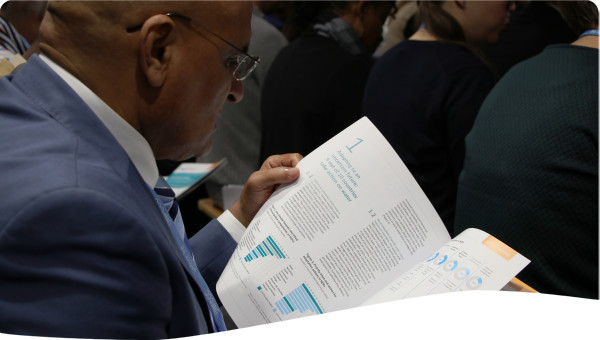Water pricing plays a crucial role in water resources management. Water shadow price is an important reference in setting water price. It was said that in practice it is almost impossible to obtain water shadow price by solving a linear programming model. In this paper we use water conservancy economy input-occupancy-output tables of the nine Chinese major river basins, and combining input–output analysis method with linear programming method we develop a linear programming model with restrictions on the final demand, total output, trade balance and water availability. We estimate the water shadow prices for industrial water and productive water for the nine Chinese major river basins in 1999 and compared these results with the real industrial water price in China in 1999. Then, for operational purposes and to estimate the shadow prices of industrial water and productive water more easily, and using a Gauss–Newton nonlinear simulation method, we present two nonlinear models that relate the ratio of the volume of water used to the total water resources volume with the shadow prices to predict shadow prices of industrial water and productive water in 2020 and 2030 in China and its nine major river basins.
Description / Abstract
Publication year
Country
Region
Publisher
Thematic Tagging
English
 Resource -
Resource -
